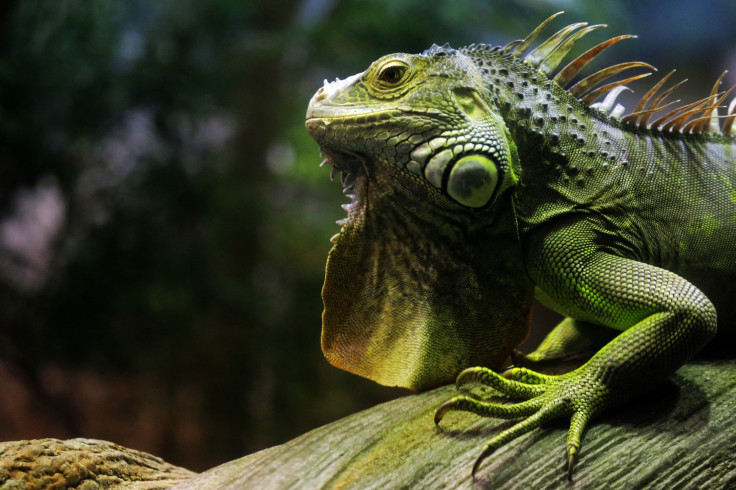Lizard Habitat Study Sheds Light On The Complex Threat Posed By Climate Change

In 2010, researchers from the University of California, Santa Cruz, carried out an extensive survey of lizard populations across the world. They found that if the current trend of global temperature rise continues, 20 percent of all lizard species could go extinct by 2080.
Now, a new study published in the Proceedings of the National Academy of Sciences has revealed that some of these cold-blooded animals may be much harder hit by climate change than previously believed. The study, based on computer modeling and field tests on dozens of real lizards in the New Mexico desert, takes into account another, hitherto ignored factor — the distribution of shaded areas throughout the animal’s habitat.
“The real fear is that previous research has underestimated the risk of extinction,” co-author Mike Angilletta, a professor at Arizona State University’s School of Life Sciences, said in a statement released Monday. “Most models assume that an animal can be anywhere in its environment at any time, which doesn’t account for how much energy an animal spends to regulate its temperature. Animals have to move and search for shade, which makes cooling down more difficult when patches of shade are far apart.”
For this particular study, the researchers monitored the body temperatures of nine separate groups of lizards fenced for two days inside nine arenas, each 20 by 20 meters square. Clothes were arranged in each of these arena in order to create shaded regions occupying different areas — 16 small patches of shade, four medium-sized patches, or one giant patch.
They found that when lizards were trapped in the arena with one large clump of shade, their temperatures varied 12 percent more than when they were in the arena with four patches of shade, and 10 percent more than when they were in an arena with 16 patches of shade.
This means that the distribution of warm and cool areas is at least as important as their relative proportion in determining how effectively a lizard can regulate its internal temperature.
However, the study also has much broader ramifications. It suggests that in order to understand the factors affecting a species' survival, we need to look beyond macroscopic global warming data.
“Scientists studying climate warming will now be forced to evaluate the spatial distribution of sunny-shady patches, and not just compute the fraction of an area that is sunny or shady,” Raymond Huey, a professor emeritus of biology at the University of Washington, said in the statement. “Frankly, that makes our research lives much harder, but also much more interesting.”
According to the researchers, their findings can help understand how populations of animals truly respond to climate change, and provide a clear idea of the extinction threats these organisms face.
“If we really want to understand how populations of organisms will respond to climate change, we can't use a simple, back-of-the-envelope method,” lead author Mike Sears, an associate professor of biology at Clemson University, South Carolina, said. “We need to think on a finer scale than we have been.”
© Copyright IBTimes 2024. All rights reserved.





















